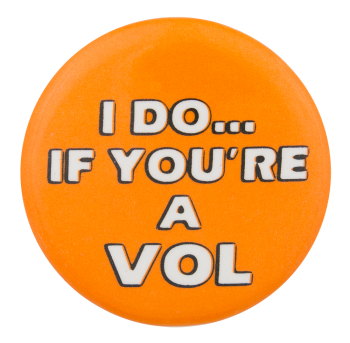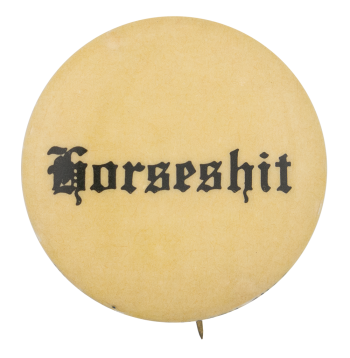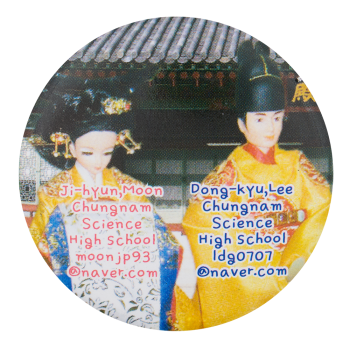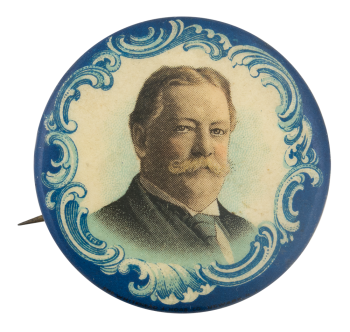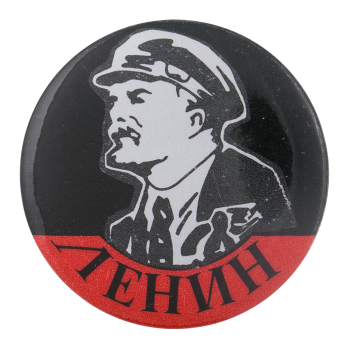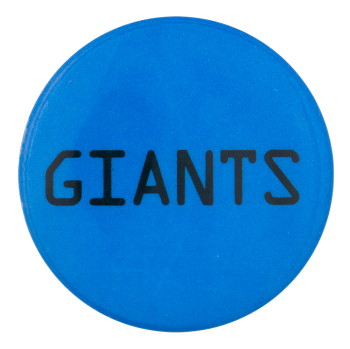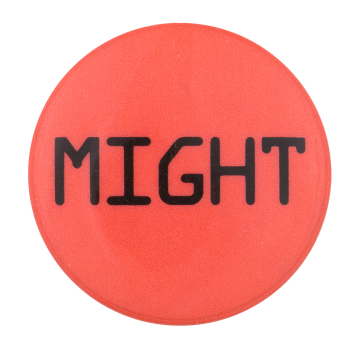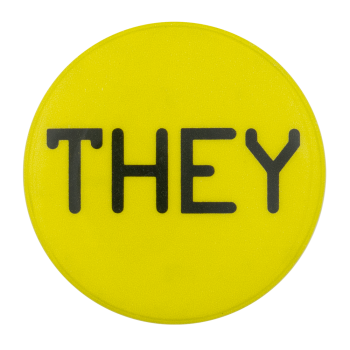I Do If You're A VOL
| Category | |
|---|---|
| Additional Images | |
| Text on Button | I DO... IF YOU'RE A VOL |
| Image Description | White text with a black outline on an orange background |
| Curl Text | COLLEGEMANIA PO BOX 8547 GAINESVILLE FL 32605 |
| Back Style | |
| The Shape | |
| The Size | |
| The Manufacturer | |
| Additional Information | The University of Tennessee's athletic team is called the Volunteers, also referred to as the Vols. Their school colors are orange and white. Student athletes, who are known as Vols, work on using four main pillars during their athletic career: Communication, Trust, Warmth, and Intensity. |
| Sources |
General Information. (2021). Retrieved 21 January 2021, from https://utsports.com/sports/2017/6/14/ot-10-about-html.aspx |
| Catalog ID | IB0410 |

